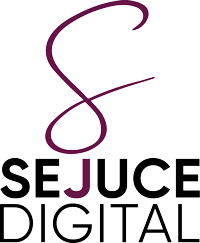YouTube Video SEO
When it comes to YouTube, the largest video-sharing platform globally, specific tactics can enhance video visibility. Crafting engaging titles and descriptions with relevant keywords is essential, enabling your videos to be discovered by users seeking specific content. Leveraging appropriate tags and categorisations also aids in categorising your videos within YouTube’s ecosystem.
Furthermore, fostering user interaction through likes, comments, and shares can boost your video’s ranking on YouTube. This dynamic engagement landscape rewards content that resonates with audiences.
Google Search Video SEO
On the other hand, optimising videos for Google Search involves different considerations, such as video sitemaps. Google Search aims to provide concise and direct answers to user queries. As a result, video content that addresses specific questions effectively tends to perform well in search results.
When optimising for Google Search, focus on crafting clear and concise video titles, descriptions, and timestamps. These elements enable search engines to comprehend your video’s content and connect it with relevant user queries. Additionally, transcribing your video’s content can enhance accessibility and SEO performance.
Anchor Text and Linking
Employing descriptive anchor text like “Delve into the expertise of an acclaimed Professional Sydney SEO specialist” within your video descriptions can seamlessly guide users to invaluable insights. This practice not only elevates user engagement but also significantly contributes to amplifying search engine rankings, fostering a more robust digital presence.
Structured Data Markup
Implementing structured data markup, such as schema.org, can enhance the visibility of your video content in search results. This markup provides search engines with essential details about your video, such as duration, description, and thumbnail, making your content more appealing to users.



